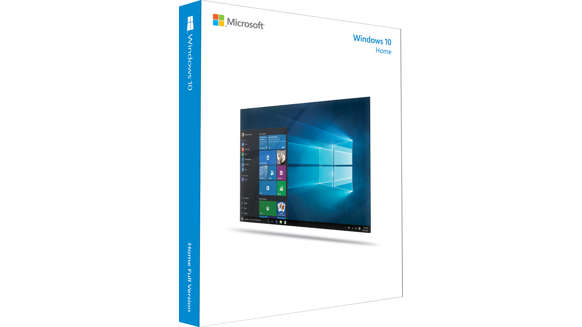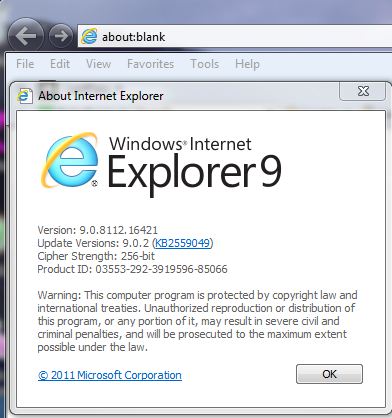Last Updated: 2/20/2022

Check out our Facebook Settings How To Privacy Page
Why should I be concerned about Internet privacy?
- Do you like online ads following you around from site to site?
- Can you discuss your health problems online without fear of losing insurance?
- Do you worry about publishing private information that could lead to stalking, surveillance, or identity theft?
- Does your work place monitor your Facebook or Twitter? Could you be fired over a post?
- Do you live in a country where you could be arrested or tortured based on what you post online?
- Did you know that third-parties collect information the government is not allowed to collect? The government has purchased this information too.
- Companies such as FinFisher are selling hacking software to countries and corporations to break into people’s computers and monitor them.
- Visit the EFF’s Panopticlick site to see what you are telling the world right now, before using the tools below.
- Tactical Technology Collective has tips for journalists and activists on how to increase their privacy.
60% of people polled by the WSJ.com were tremendously worried about the loss of online privacy.
The Internet appears to facilitate privacy and anonymity, but in recent years has been a battleground that pits advertisers on one side and users on the other. It has become increasingly difficult to maintain privacy on the Internet because money has gotten into the game. As online advertising has grown, companies have sprouted up, attempting to optimize Internet advertising performance by combining advertising with profiling. While individual users may not be known by name, they have become ghost profiles that are increasingly matched up with appropriate advertising. If you have found Internet ads following you from site to site, you have been profiled and are seeing the results. In this article, we will examine many methods to enhance our Internet privacy and perform operations anonymously.
One of the main goals of Internet privacy is to make that people have the ability to make informed decisions about how they act online. Users should be told ahead of time how their personal information is used and shared.
The Real Cost of Free Content
While many users assume that most content sites are free, there is a hidden price being paid, the users private information. Most online advertising companies are tracking web browsing activity across many websites in order to build profiles of users. They cross-reference and trade information to generate revenue and better target online advertising and promotions.
Hide your phone number
Once a cybercriminal gets your phone number, they can wreak all sorts of havoc including SIM Swap your phone and take over many accounts. Hide your number or at least used a VoIP number such as Google Voice. Do not allow Google Voice to forwards Texts/Calls to your main number.
- Google
- Remove your phone number from myaccount.google.com – Personal information
- Microsoft
- Remove your phone number from account.live.com
- Facebook
- Select Settings under the drop-down arrow at the top right. First, click on Mobile in the right-side menu, and remove your phone number
- Twitter
- Click your avatar, go to Settings and Privacy, and navigate to Mobile on the right hand menu. Remove your number and use an authenticator app
Android
Turn off your advertising ID. This is attached to all you apps, search history, purchases, recent locations and much more.
- Settings > Privacy > Ads > Delete Advertising ID
Older Android versions may have Opt Out of Ads Personalization
Chrome
Turn off 3rd party cookie tracking on both Chrome for computers and Chrome App
Settings > Security & Privacy > Block third-party cookies
Privacy Oriented Browser
brave is a browser from a mozilla co-founder, which is focused on privacy.
Internet Browser Cookies
Continue reading “How to: Anonymous Browsing, Internet Privacy”










